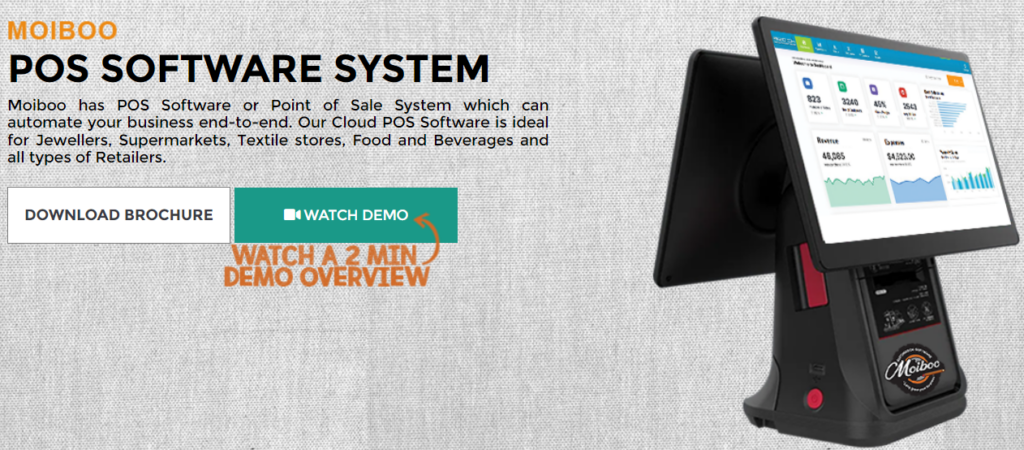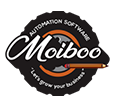Introduction:
Employee theft can be a significant challenge for restaurant owners, leading to financial losses and damage to the business’s reputation. However, with the advent of technology, specifically the Point of Sale (POS) system, restaurant owners now have a powerful tool to mitigate this risk.
In this blog post, we will explore various strategies that leverage a POS system to minimize the risk of employee theft. By implementing these measures, you can enhance security, foster transparency, and protect your restaurant’s assets.

Implement Access Controls:
One of the key advantages of a POS system is the ability to set up user accounts and establish access controls. By assigning unique login credentials to each employee, you can ensure that only authorized personnel can access specific functions and sensitive information.
Tailor access privileges based on job roles and responsibilities, granting employees access to only the necessary features. This helps create a system of accountability and reduces the opportunity for unauthorized activities.
Assign Unique User IDs and Passwords:
To strengthen security further, require employees to use unique user IDs and strong passwords to access the POS system. Educate your staff about the importance of choosing robust passwords and regularly updating them.
By implementing this simple measure, you minimize the risk of unauthorized access and strengthen the overall security of your restaurant’s data.
Use Role-Based Permissions:
Different employees have different responsibilities within a restaurant setting. Utilize the role-based permission feature of your POS system to assign various levels of access. For instance, servers should have limited access compared to managers or supervisors.
By granting employees access only to the functions they need to perform their duties, you reduce the likelihood of internal fraud. This strategy ensures that employees can efficiently carry out their tasks while minimizing the risk of unauthorized actions.
Enable Tracking and Reporting:
Most modern POS systems offer comprehensive reporting and tracking features. Take advantage of these functionalities to monitor sales, voids, discounts, and refunds. Regularly review these reports to identify any irregularities or suspicious patterns.
By comparing sales data with inventory records, you can spot discrepancies that may indicate theft. This data-driven approach helps you detect and address potential issues promptly, ensuring the integrity of your business operations.

Implement Cash Management Controls:
Effective cash management is essential for reducing the risk of theft. Utilize the cash management features of your POS system to accurately track cash inflows and outflows. Assign cash drawers to individual employees, allowing for accountability.
This measure enables you to trace any discrepancies and identify the responsible party if irregularities occur. By implementing cash management controls, you create transparency and discourage unauthorized cash handling, minimizing the opportunity for theft.
Set Up Surveillance:
Visible security cameras can act as powerful deterrents to employee theft. Install surveillance cameras in areas where transactions take place, such as cash registers, entrances, and exits. Not only do cameras discourage potential wrongdoers, but they also provide evidence in case an incident occurs.
Make sure employees are aware of the camera presence to emphasize your commitment to security. Surveillance systems can be integrated with POS systems, enabling you to correlate transaction data with video footage for thorough monitoring.
Regularly Audit Inventory:
Inventory management is crucial for controlling costs and minimizing theft opportunities. Leverage the inventory management features of your POS system to accurately track stock levels. Conduct regular inventory audits to identify any discrepancies or theft.
Cross-check sales records against inventory levels to detect any unusual patterns. By promptly addressing inventory discrepancies, you can deter employee theft and maintain accurate stock records,
Conclusion:
Reducing the risk of employee theft is a top priority for restaurant owners, and implementing a POS system is a valuable step toward achieving that goal. By following the strategies outlined in this blog post, such as implementing access controls, enabling tracking and reporting, utilizing role-based permissions, and implementing cash management controls, you can significantly enhance the security of your restaurant.
Additionally, setting up surveillance and conducting regular inventory audits further bolster your efforts to deter theft and maintain transparency within your establishment. By leveraging the capabilities of a POS system and fostering a culture of integrity, you can protect your restaurant’s assets and promote a secure environment for both employees and customers.

Looking for a reliable POS software solution? Consider Moiboo POS software. Our Cloud POS Software automates and streamlines business operations for various industries. From retail to food and beverage, Moiboo POS is user-friendly and comes with advanced features.
To Experience the benefits click here for a free demo. Contact us at +65 9895 1817 for inquiries or more information.
FAQS:
How many types of POS machines are there?
There are various types of POS machines available, including traditional POS systems with all-in-one functionality, mobile POS systems for portability and flexibility, and self-service kiosks for customer convenience.
Virtual terminal POS for remote transactions, mobile card readers for on-the-go payments, and mPOS systems that combine mobile card readers with software applications.
The choice of POS machine depends on the specific needs of your business and the industry you operate in.
What are the key features of a POS system?
Key features of a POS (Point of Sale) system include sales management capabilities to process transactions, inventory management for tracking stock levels, reporting and analytics to gain insights into sales performance, and customer relationship management (CRM) functionalities to build and nurture customer relationships.
What are POS system benefits?
A POS (Point of Sale) system offers benefits such as streamlined transactions, accurate sales, and inventory management, reporting and analytics for informed decision-making, enhanced customer relationship management, and improved efficiency and productivity by automating manual processes.
What is the disadvantage of POS?
One disadvantage of a POS (Point of Sale) system is its initial cost and potential ongoing expenses, which can include hardware, software, installation, and maintenance fees.
Additionally, reliance on technology introduces the risk of technical issues or system downtime, which may disrupt operations if not promptly resolved. Therefore, it is crucial for businesses to carefully evaluate the costs and benefits of a POS system.
